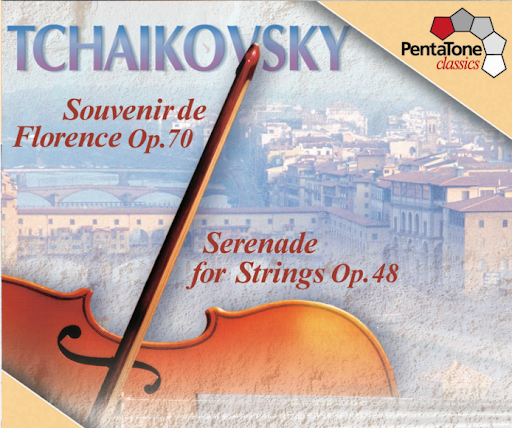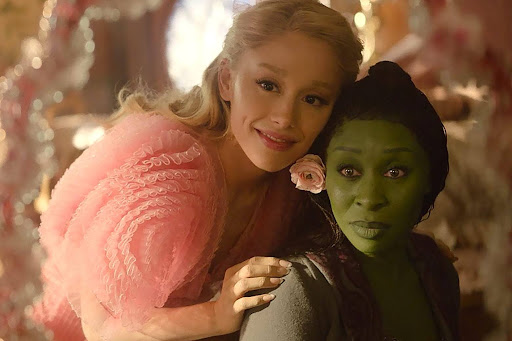This weekend, I was sorting through my basement with my family and came across a box filled with some cups and glasses I found at my town’s Reusables a few years ago. The majority of it had no special meaning to me, but one piece caught my eye. It was a china teacup painted with a purple-violet design an uneven gold, scalloped-rimmed edge, and a vine-like handle. The circular label read “Hammersley & Co China, England” in small, green lettering with a depiction of a crown in the center. Curious, I searched the history of my cup: when and where it was made, what the pattern is, what it was famous for, and what it is worth today.
Hammersley & Co took over the old Harvey Adams & Co plant in Stoke-on-Trent, England, which is south of Manchester, in 1887 and started to craft quality china. The company was owned and operated by the Hammersley family and stayed that way until 1966 when it was merged with Spode, another English china manufacturer. China was still made under the Hammersley name until 1988 when it was discontinued. Hammersley & Co had many different logos during its lifetime, mined being used from 1912 to 1939, making it about 84-111 years old. The teacup’s design is called “Victorian Violets” and was one of the company’s specialties. It was specifically advertised as “Our Original Violet Decoration, always in Stock” in a January 13th, 1913 London newspaper edition, with an image identical to mine with its respective saucer on the left-hand side of the page.
The front and center of the cup are painted with sprouts of violets shooting up toward the viewer, with little bushes of grass beneath. The rest of it is adorned with little scattered blossoms. Both inside and out. The sides of the cup are very thin, making it translucent, most visibly around the bottom ring of the teacup. The paint used is clear good-quality, since it lasted so long and still retains its vibrant colors. The teacup itself is relatively small, holding roughly 4 ounces of water. A few small, almost invisible cracks adorn the inside, telling the tales of a well-loved possession within them, but on the whole, this cup is incredibly preserved considering it must have traveled across oceans. Fading has never touched its colors, and the golden edges shine brilliantly.
As a piece of art, the cup adds a subtle touch to anything; it is not flashy in any form but takes the backstage as a small, sweet detail. That, I think, is its charm: it can rest in a room unnoticed, and simultaneously gifts a smile to those who find it. Subtle and sublime, qualities embedded in the craftsmanship of the teacup, empowered it to surpass the test of time and bring joy to generations. Many great works of art own just the same touch as this little cup, and Hammersley’s ability to bring lasting beauty into everyday lives is its legacy, the best a china company can have.
Its worth? About 15-30 dollars. At first, I was a little disappointed, but I realized all I had learned from this teacup, and the simple joys it had brought me had no price tag. This cup holds a little bit of history inside that 4-ounce interior, some of which I was able to discover, so which will forever remain a mystery. How I wish I could one day learn these unknown tales my Hammersley has to tell, ones of sadness and joy, tears of all kinds; they are the story of a life.
By Elisabeth Smith ‘28, Middle School Editor



















